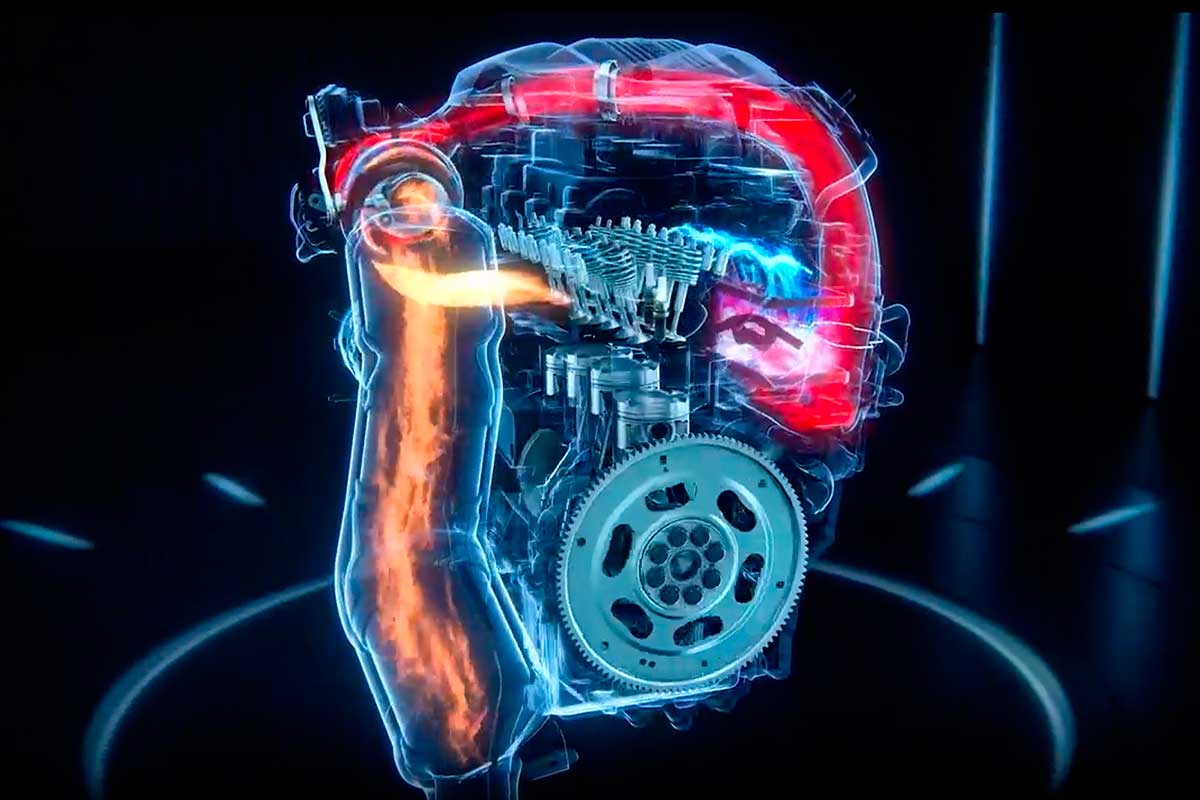
The Hurricane 4-cylinder engine, also known as the 2.0L GME (Global Medium Engine), is no stranger to Stellantis. It can already be found under the hood of many of the Group's models, often in 200 or 280 hp versions, and in sportier variants such as the 330 hp MHEV in Maseratis or the 380 hp in the Jeep Grand Cherokee 4xe. But this time, Stellantis is announcing a major evolution: the new Hurricane 4 Turbo. And while, at first glance, this 2.0-liter engine may appear to be no more than an update, in reality it conceals a far-reaching technological transformation.
A technical revolution inspired by the Maserati Nettuno V6
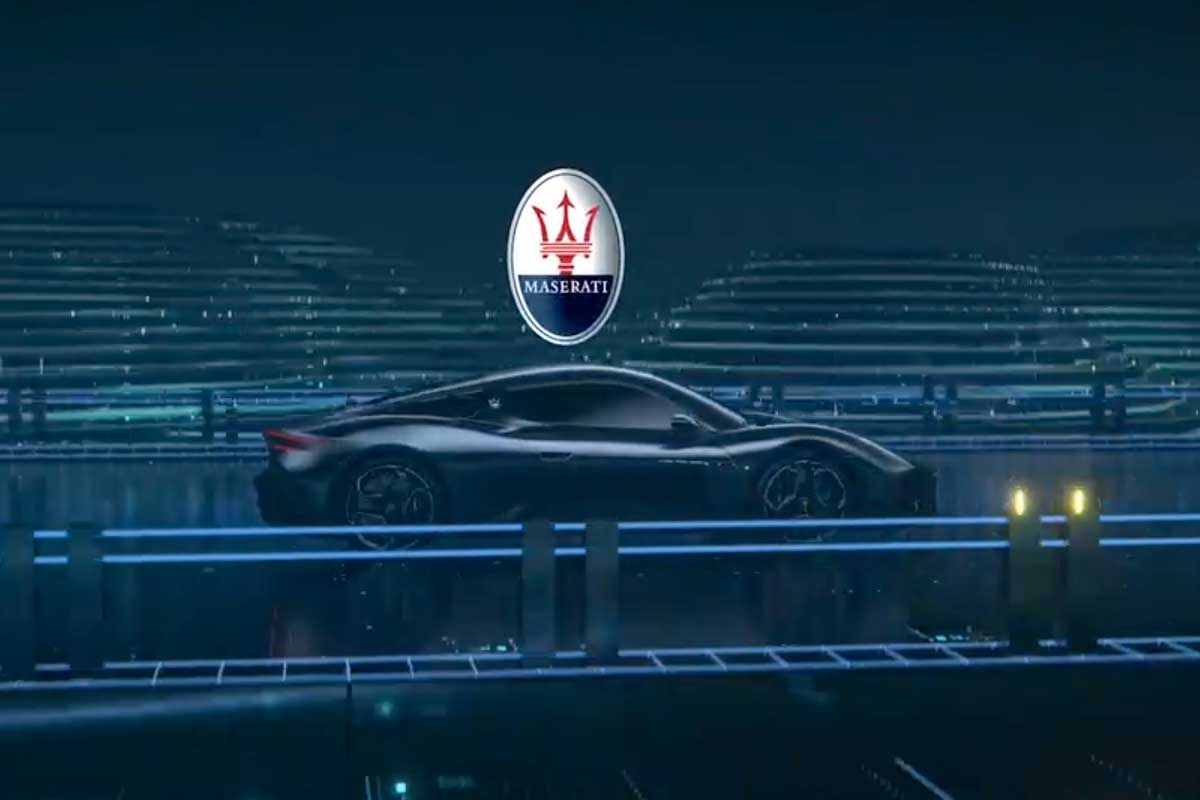
According to the official Stellantis press release, the all-new Hurricane 4 Turbo develops 324 hp and 450 Nm of torque, while consuming 10 % less fuel. Behind this gain lies a well-known innovation: TJI technology, for Turbulent Jet Ignition.
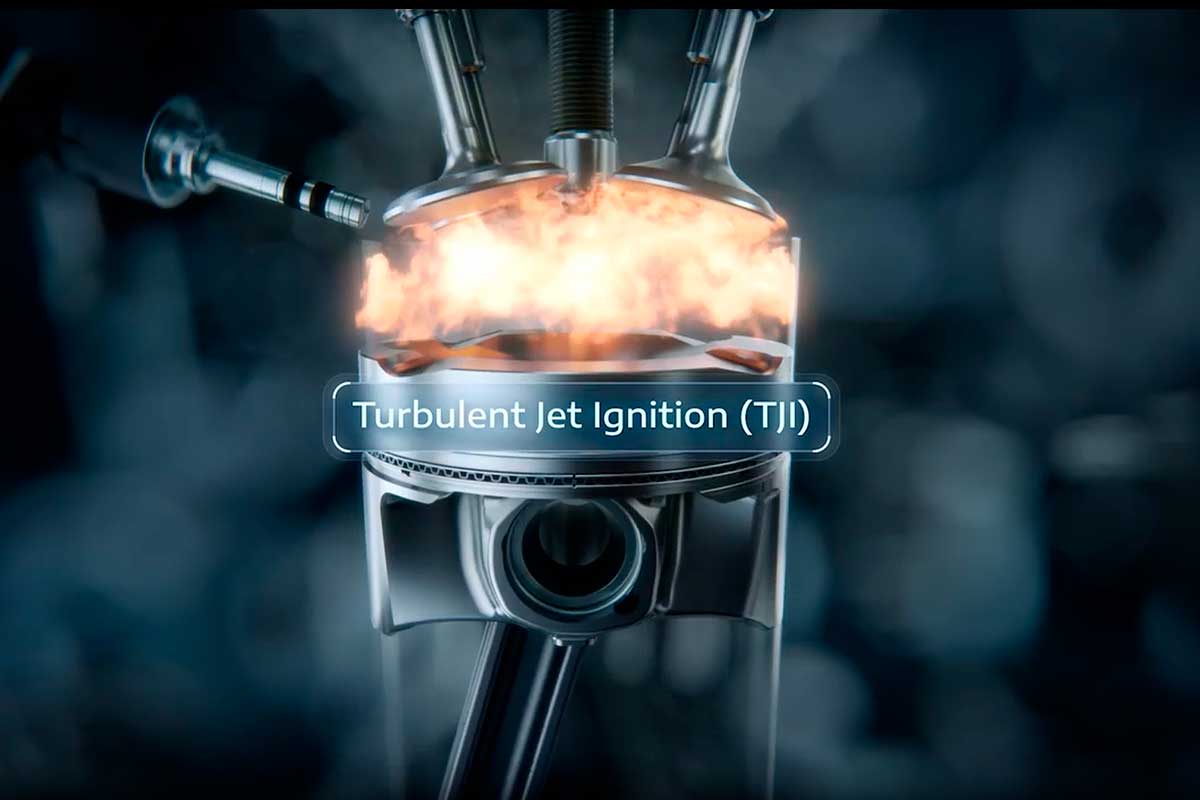
And according to our information, this development is no accident. Part of the development was piloted from Italy, in particular by engineers who had worked on Maserati's Nettuno V6. The latter, it should be remembered, introduced the combustion pre-chamber to the Maserati V6 engine powering the Grecale, Granturismo, Grancabrio and MCPura models.
The principle: a small chamber above each cylinder, where an initial explosion is initiated before propagating into the main chamber. The result: faster, more complete combustion, and therefore more power with fewer emissions. In other words, the 4-cylinder Hurricane is a direct inheritance of know-how first developed at Maserati, then applied to a mass-production engine.
More powerful, more efficient, and hybrid-ready
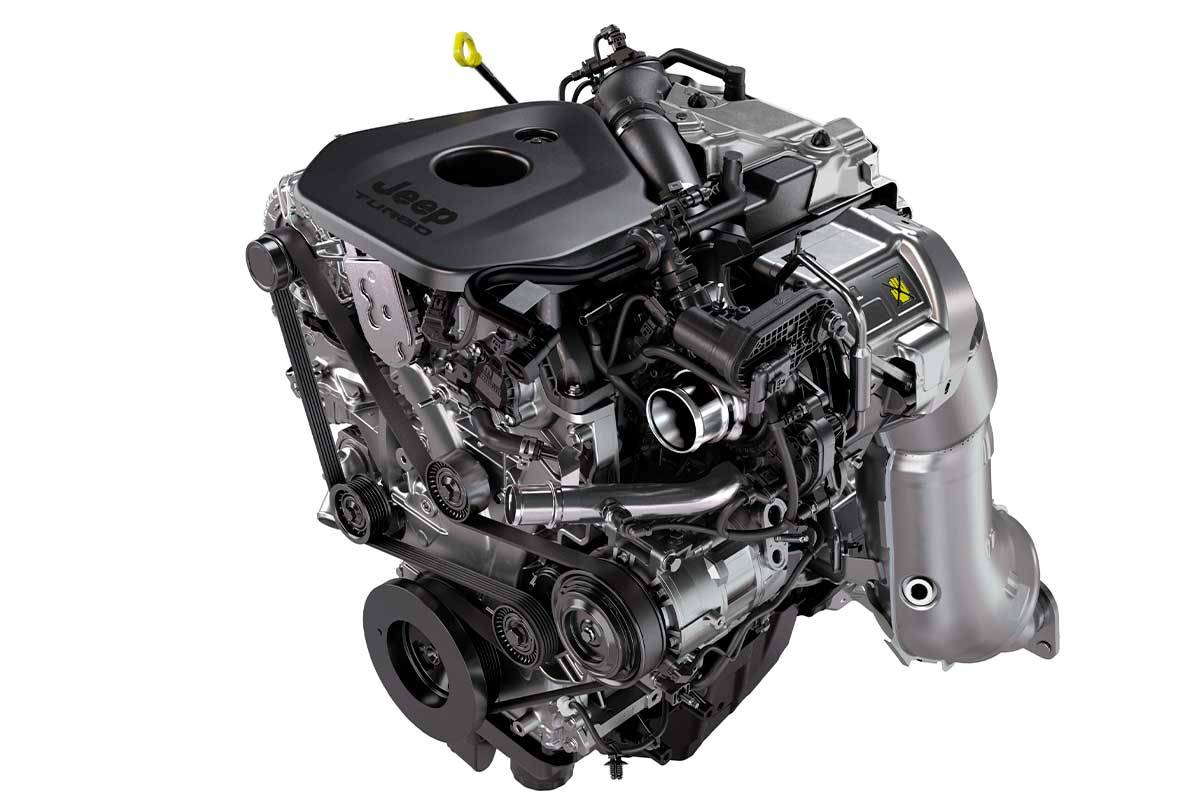
Technically, this new engine has all the strengths of the previous generation, but takes refinement much further. It includes :
- a variable-geometry turbo, guaranteeing 90 % of torque between 2,600 and 5,600 rpm;
- dual fuel injection (direct and indirect) intelligently managed according to rpm;
- a Miller cycle to optimize performance and reduce emissions;
- a volumetric ratio of 12:1, made possible by TJI combustion;
- and optimized cooling by variable-flow electric water and oil pumps.
The whole unit is assembled at the Dundee plant in Michigan, using components from the Kokomo site in Indiana. It's an evolution designed for the American market, where environmental regulations remain more flexible than in Europe.
Europe left behind?
While the USA welcomes this engine in the Jeep Grand Cherokee 2026, Europe has yet to see any official announcement. This gives rise to a certain feeling of injustice, all the more so as this engine seems designed for more refined models, such as future Alfa Romeo hybrids or even Lancia.
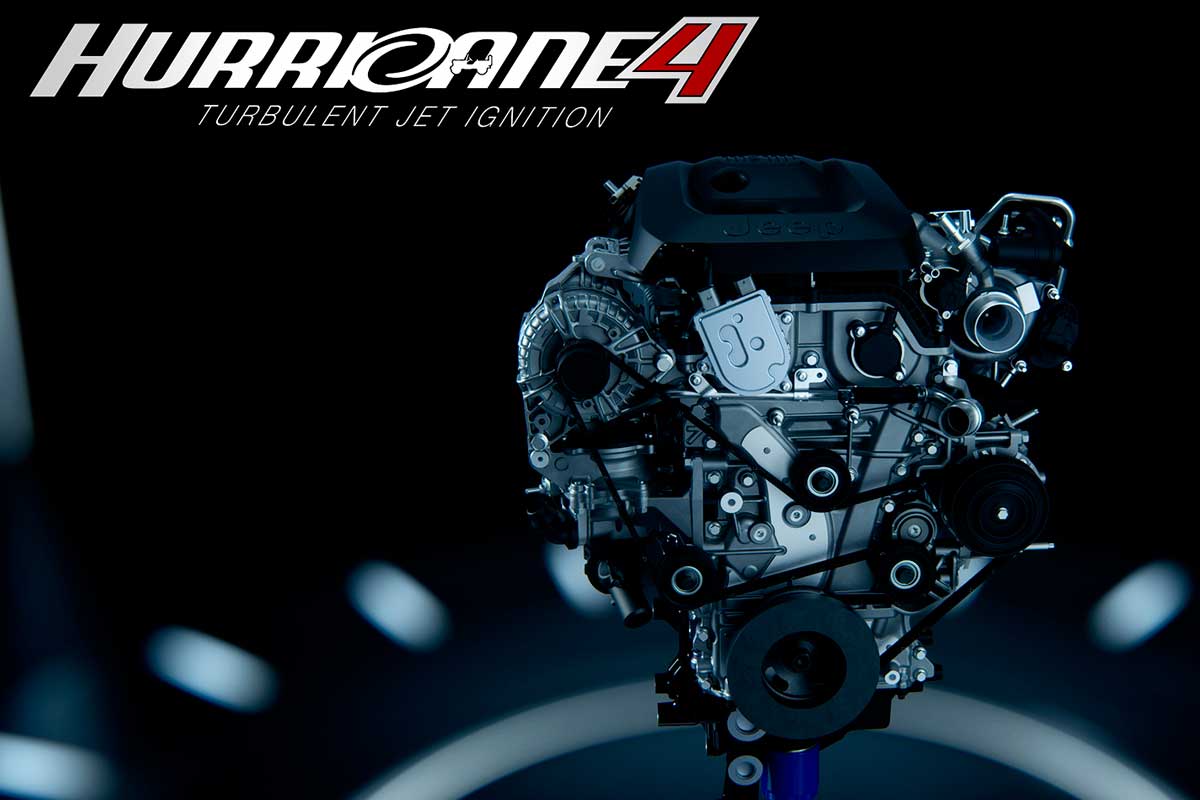
Should we hope for European production, perhaps in Termoli, Italy, if Stellantis ever decides to take the plunge? Nothing is less certain. In the meantime, it's the Americans who are enjoying the benefits of Stellantis' first four-cylinder TJI combustion engine, a spiritual little brother of the Nettuno, but designed to last in a world still very attached to combustion engines.
Now you know why, at the beginning of the video below, why a Maserati turns into a Jeep!

Quite frankly? This engine is of no interest in Europe. An ultra-powerful 4-cylinder is still a gas-guzzling, expensive and noisy 4-cylinder. Perfect for the US and wide open spaces. We want hybrids that are efficient, comfortable and, if possible, not overpriced for medium-sized cars.
It "uses 10 % less fuel to deliver 20 % more power", so it's less thirsty than the current 2.0L GME. Coupled with hybrid technology, it's clearly of interest in Europe.
Yes, but my guess is that the new 2.0 l GME will be used on the future Giulia and Stelvio in a hybrid version.
veramente ai 4 cilindri in America gli cag+no sopra.
Li usano solo quelli che hanno la Prius.
Già il V6 lo usano come motorino per la centrifuga dell'insalata, oppure lo usano per la macchina dello schiavo che va a comprare il cibo del gatto.
Gli Americani vogliono il V8!!
No te interesa a ti que irás de princesa por la vida, todos queremos ruido y potencia !!!!
Op een degelijke en krachtige vier-cylindermotor zitten beslist heel wat Europeanen te wachten. Niet iedereen is gebaat met die hybride tussenoplossing waarbij de passie voor het autorijden geblust wordt door reglementering waarvoor nooit onze mening gevraagd werd.
Nicht begriffen? Dieser Motor verbraucht 10% weniger und bringt dabei eine um 20% höhere Leistung und kann als Basis eines Hybrids dienen.
And in Europe we have the Puretech....
Ah yes, the famous puretec, a costly faux pas for the belt manufacturer and the characteristics of the oil used contributed to this disaster.
Now Stellantis wants to couple two puretec to decline it in V6 the estimated power could be between 300 and more than 500 hp well ok I dream but what an engine that would make now that the reliability problems are solved.
Yes. These real ones have pure shit!
Keep the puretech a pure shit from your former French CEO 🤣🤣
he's Portuguese
The Puretech was launched before Tavares arrived, just for information.
... and except for a new recent information, correctly reliable at the time of its departure!?
Se va come il mio montato su citroen c3
Che va a miscela ogni 100 km un litro di olio.
Ma io non comprero mai piu un motore stellantis o fiat.
We can only hope that this 2.0 GME hybrid engine will be available in Europe, instead of the PureTech which disgusts those who like Italian cars. Having had it in several rental cars (Ypsilon, Junior Ibrida, 208, 308, C3), I'm having trouble finding any interest in it.
The PureTech is designed for quiet driving, but nothing else.
That's good news, because all Stellantis has for sale are cars you can drive peacefully, apart from a few old Alfa or Maserati models. But what's 3% of sales.
FCA had, laboriously, developed interesting new engines like the Multiair...but already for lack of budget the investment in the hybrid they forgot it. And PSA has invested a little in hybrids, but it's not convincing. In short, Stellantis, between the broke crooks at FCA and the cheapskates at PSA...it doesn't help to have a range of engines.
There are always people to criticize Peugeot, but they buy crappy cars that they keep for 2 years, and then they lecture you because you buy French,
Ordinäres Schreiben?
Warum? Anstand bewahren!